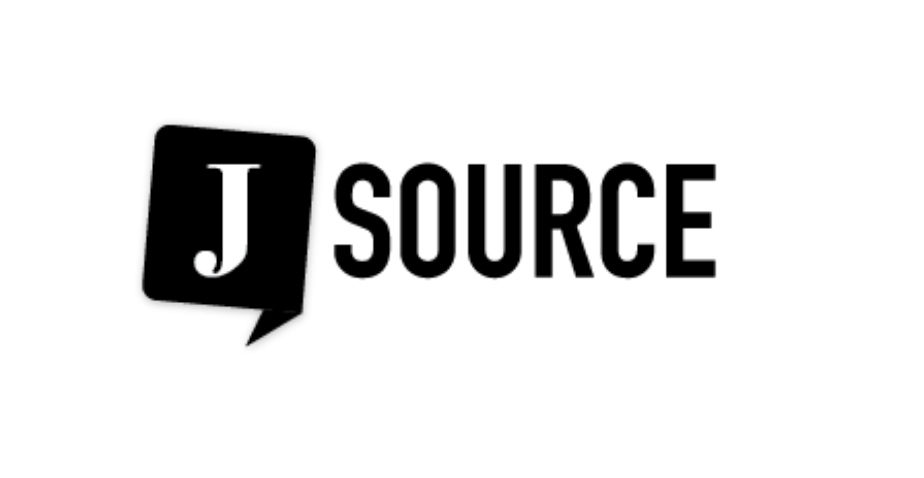Are paywalls changing the way journalists write stories?
Are inverted pyramids, 24-word ledes and formulaic approaches to stories to be the ghosts of journalism past with the proliferation of online paywalls? Or is writing simply evolving on a new medium?
Are inverted pyramids and 24-word ledes set to be the ghosts of journalism past with the proliferation of online paywalls?
That is the case, says Tim Burrowes for mUmBRELLA, an Australian media news and resource website. (Burrowes, who is the editor-in-chief of the website, originally published his musings in the July edition of Encore magazine.)
The traditions and formulas of news writing will change with paywalls, Burrowes argues, because of the way content is displayed online. “For the wrong reasons, the rules are being rewritten,” he says. But how, exactly, does this mean the writing will change? Burrowes continues:
Most publications with paywalls allow the reader to see the headline and the first paragraph or two. To read more you have to pay.
So with a one fact story – Fred X has been named as the new boss of Company Y – there might be insufficient motivation for the non subscriber to subscribe – unless they can be tantalised.
Instead, we’re moving to a situation where intros absolutely cannot get straight to the key fact. Instead, it must be written to intrigue the reader. Company Y has named its new boss. To read more, please log in…
But is this really the case when you look at the way many newspaper companies have implemented their paywalls?
In Canada, three news companies that have implemented hard paywalls — Northern News Services, Brunswick News and AllNovaScotia.com — don’t even entice readers with headlines and a teaser graph. All three require a subscription to even get behind their respective paywalls, though Northern News Services offers a demonstration page which shows what the subscriber site looks like using stories that are a few months old.
Other companies such as Torstar and Postmedia have taken the metered paywall approach, much like that of The New York Times, where non-subscribers are able to access a set amount of articles for free before they run into the paywall. Postmedia’s Montreal Gazette allows 20 free views. When Torstar’s The Hamilton Spectator introduced its paywall last fall, it allowed 35, but the paper decreased the free views to 15 this spring when they eliminated the online subscription fee for print subscribers. In the case of these two paywalls, there are exemptions that include major breaking stories, investigative series, and blogs.
[node:ad]In the last few months, even more Canadian papers have announced their pending entrance into the paywall business. Based on its model at the Gazette, Postmedia is implementing paywalls on websites of The Ottawa Citizen, The Vancouver Sun and Vancouver Province, and The Globe and Mail recently announced that it would be adding a metered paywall onto its entire site in the fall.
From these Canadian examples it would seem that the style of writing has not had to change in response to paywalls, though that doesn’t mean that online writing isn’t changing.
The style in which journalists write has evolved over hundreds of years, from partisan newspapers written in a prose-like style, to a chronological breakdown of events in early newspapers. With the invention of the telegraph came an increased use of the inverted pyramid style, and newspapers perpetuated its use, justifying it with the fact they could simply cut copy off the end of a story if they needed room.
If the Internet is as revolutionary as the telegraph was in its day — and some have suggested that it is — then perhaps journalistic writing is changing to reflect the medium upon which it appears, rather than in response to a relatively new business model.
I mean, by virtue of using hyperlinks as attribution throughout this post — nevermind a slew of other things, I'm sure — this post could never appear in print. It is just one example of how online writing is inherently different than that of other mediums.
What do you think? How has journalistic writing changed? Will paywalls have an effect on writing style?

